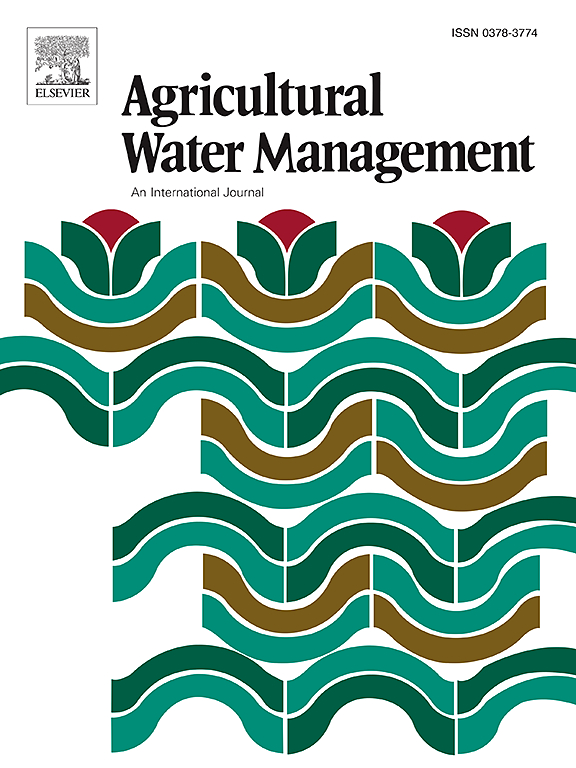Cover-management impacts on runoff and sediment dynamics at different slope positions in Northeast China
IF 5.9
1区 农林科学
Q1 AGRONOMY
引用次数: 0
Abstract
The C-factor of the Universal Soil Loss Equation (USLE) reflects the impact of vegetation cover and management practices, playing a crucial role in predicting soil erosion. Slope position on rolling hills significantly affects soil properties and crop growth due to spatial variations in erosion intensity, potentially influencing soil erosion. However, few studies have quantified the effects of corn growth on runoff and sediment processes across different slope positions on long gentle slopes. The simulated rainfall experiments were conducted to investigate the temporal dynamics of runoff and sediment via rescaled range and wavelet analyses and determine the C-factor across slope positions during corn growth under three management practices: bare soil (CK), corn planting (CR), and corn planting with straw mulching (CRST). Results showed that runoff peak occurred at the maturing stage, with increases of 47.90 %, 127.61 %, and 259.53 % under CK, CR and CRST, respectively. The highest runoff rates were observed at the lower slope as it approached the late growth stage. Straw mulching mitigated frequency-domain variations in sediment and runoff, extended the primary cycle of sediment and runoff variations; therefore, delayed the response of runoff and sediment processes to rainfall. Management practices effectively postponed the peak sediment yield. The sediment yield on the middle slope (MS) was 71.46 % higher than that on the lower slope (LS) and 162.08 % higher than that on the upper slope (US). At the MS, the C-factor increased by an average of 106.69 % and 214.32 % individually under CR and CRST compared to other slope positions. Corn planting primarily reduced sediment by decreasing runoff, when runoff surpassed 600 mL·m⁻²min⁻¹ , straw mulching altered the runoff-sediment relationship to further reduce sediment loads thus reducing sediment. This study provides a theoretical support for studying the erosion processes in farmlands, and emphasizes the variation of the C-factor at different slope positions.
求助全文
约1分钟内获得全文
求助全文
来源期刊

Agricultural Water Management
农林科学-农艺学
CiteScore
12.10
自引率
14.90%
发文量
648
审稿时长
4.9 months
期刊介绍:
Agricultural Water Management publishes papers of international significance relating to the science, economics, and policy of agricultural water management. In all cases, manuscripts must address implications and provide insight regarding agricultural water management.
 求助内容:
求助内容: 应助结果提醒方式:
应助结果提醒方式:


